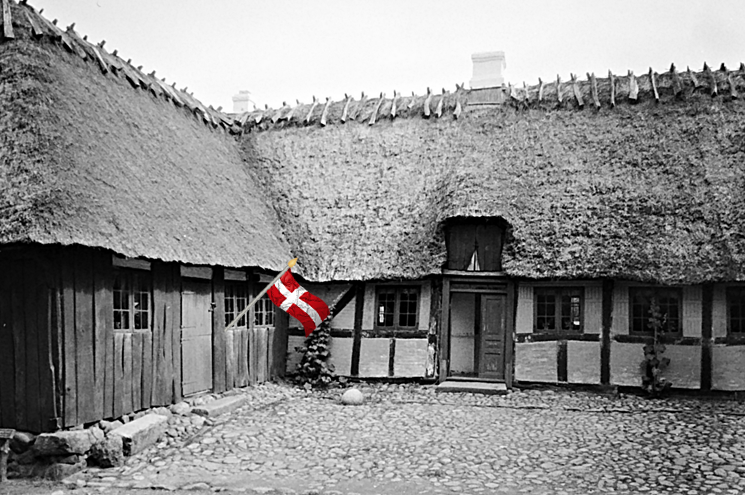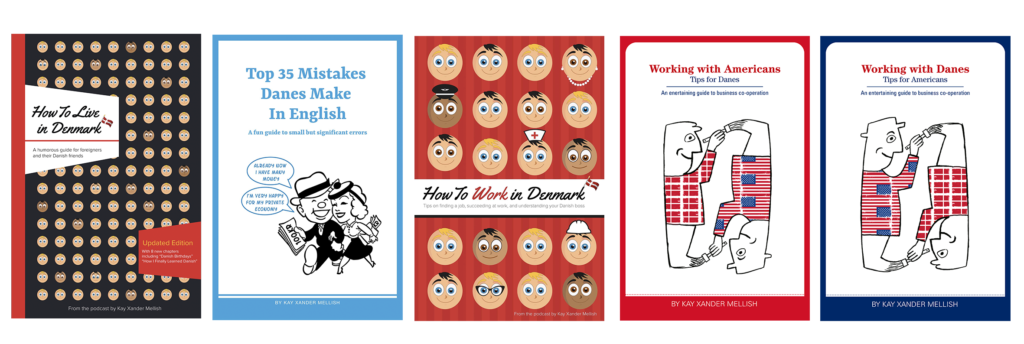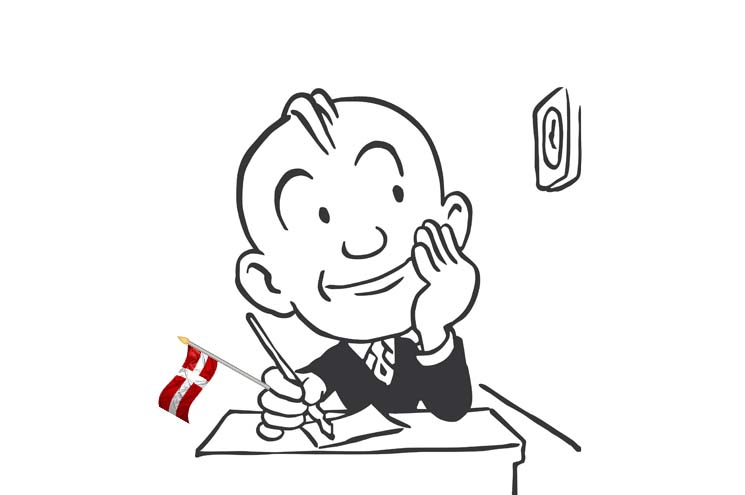Before I moved to Denmark, I didn’t know what a thatcher was.
Of course, I had heard of Margaret Thatcher, the former British prime minister. But a thatcher – as a job like a carpenter, or a massage therapist – this was something I was not familiar with.
A thatcher, I now know, is a person who makes a thatched roof. A straw roof, basically. There are thousands of thatched roofs in Denmark, and they’re actually very practical for the climate, very environmentally friendly. They keep the heat in and the rain out.
If you want to live in a house with a thatched roof in Denmark, you probably can. A lot of them are vacant, because they tend to be located on farms in the countryside.
You, on the other hand, will probably want to live in a city somewhere – Copenhagen, or Aarhus, or Bilund if you work for Lego.
Beautiful but uncomfortable chairs
The bigger the city, the harder it will be for you to find a place to live. Or at least, a reasonably-priced place to live.
Danes like to buy their homes, because they can deduct the mortgage interest from their taxes.
But if you want to rent, there are two options.
Option A: fabulous design apartments that look like a photo layout in a glossy architectural magazine. Option B: a cheap, well-constructed, centrally located apartments perfectly suited for your needs.
If you want the former – the design apartment – all you have to do is pay about 2000 dollars a month, plus six months in advance, and move in your design furniture. All your beautiful but uncomfortable chairs, and your oddly-shaped lamps.
If you want the latter – the cheap, well-constructed, centrally located apartments perfectly suited for your needs – just get on the waiting list, wait 20-25 years, and in 2038 you’re going to have a fantastic place to live.
Parents buy apartments for their children
Of course, you can get creative. It’s very common for newcomers to live in a room in somebody else’s apartment.
Sometimes this is an old lady with too many rooms and a need for someone to talk to. Sometimes it’s a Danish person in his or her 20s, whose parents have bought them an apartment.
This buying your kid an apartment is very popular in Denmark. Parents don’t have to pay for university tuition, which is free in Denmark, so the apartment is kind of a goodbye and good luck gift when the kids finish high school.
Or there’s sublets. You can sublet an apartment from someone who is traveling for a year, or working abroad, or moving in with a lover on a trial basis. This is what I did when I first moved to Denmark.
Breaking an ankle
It’s a quick fix. The only problem is you almost always end up getting booted out unexpectedly. The person working abroad gets fired, the person moving in with a lover breaks up, the person traveling for a year breaks an ankle.
Suddenly you and your suitcases and your beautiful but uncomfortable chairs have a week or so to find someplace else to live.
Which brings us back to finding a place to live in Denmark.
Think again about those abandoned houses in the countryside with the thatched roofs. They’re a bit of a commute, but no one will ever try to kick you out of them.
All you have to do, about once every 20 years, is pay for a visit by the thatcher.
Buy Kay’s books about Denmark on Amazon, Saxo, Google Books, Apple Books, Barnes & Noble Nook, or via our webshop.
Image mashup copyright Kay Xander Mellish 2025





